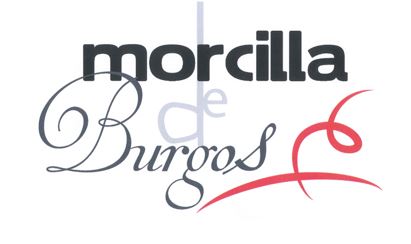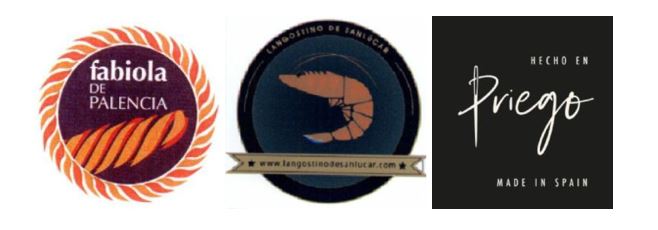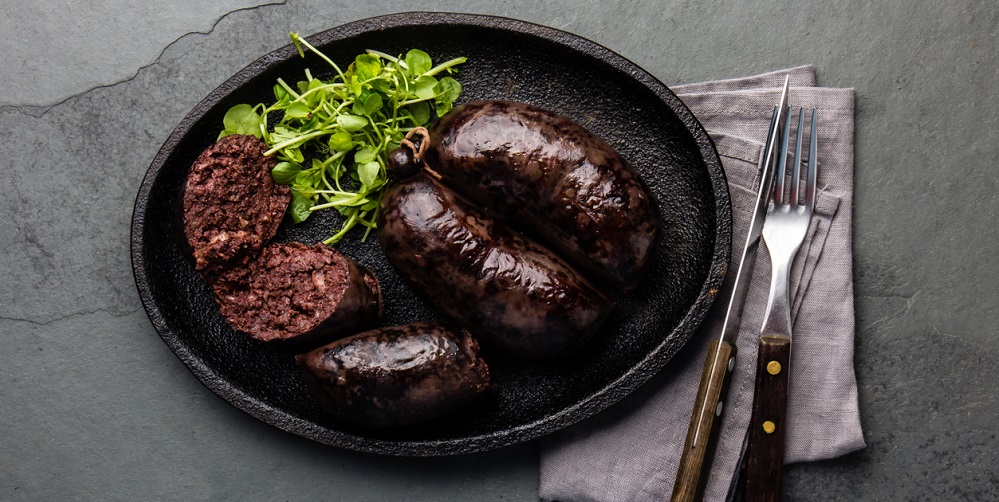Both Designations of Origin (DO) and Protected Geographical Indications (PGI) are essential to ensure that the goods that they protect comply with strict quality criteria and come from a specific geographic location. In addition, collective trademarks identify goods or services of members of their association with respect to third parties. However, can the two coexist?
We could start by discussing which morcilla, as blood sausage is known in Spain, is the tastiest or the best known. The one of Burgos? Or Leon? Or Extremadura’s patatera? With or without the addition of rice? With or without onion? All have their defenders and their detractors. These matters are the subject of endless debate that we do not intend to concern ourselves with here.
As mentioned, this was not the issue put before Bilbao’s Commercial Court number 2 in its Judgment of June 22, 2022 in the case of Morcilla de Burgos PGI versus the Morcilla de Burgos Manufacturers’ Association. Let’s take a look at what happened.

On one hand, on February 7, 2012, Morcilla de Burgos PGI Association requested registration in the Community Register of the PGI “Morcilla de Burgos”, with the application being published in the BOE (Official State Gazette) of July 16, 2013. The PGI was not registered until 2018. A PGI grants protection to products that have qualities or other precise characteristics that are attributed to a specific geographical origin. Therefore, to use the PGI distinction it is necessary for producers to fulfill the specifications indicated in the set of conditions, for example, the raw material used (in the case of blood sausage with PGI only Horcal onions may be used), the proportions of the ingredients, the preparation process or the place where it is produced, in this case, Burgos province.
Furthermore, on March 12, 2013, the Morcilla de Burgos Manufacturers’ Association filed an application for the following Spanish collective trademark no. 3067227:

A collective trademark is used to protect the goods or services of members of an association of manufacturers, traders, or service providers to third parties outside the association. It could be considered to denote a mark of quality for consumers, as only those companies that fulfil the requisite set of conditions can use the collective trademark. Examples of collective trademarks include “FABIOLA DE PALENCIA”, “LANGOSTINO DE SÁNLUCAR” or “HECHO EN PRIEGO”.

Due to their function, these collective trademarks can incorporate geographical elements to indicate – forgive the repetition – the geographical origin of the goods or services that they cover. However, they cannot prohibit third parties from using said geographical reference if they conform to fair and honest industrial or commercial practices.
In this context, the PGI Morcilla de Burgos filed a claim of invalidity against the “MORCILLA DE BURGOS” trademark owned by the Producers’ Association requesting that they cease from using it. Despite the fact that we might well assume that this case is similar to the one examined in the blog post on the Mejillón de Galicia DO and that the Association should cease from using said trademark, instead the Commercial Court of Bilbao concluded that the Morcilla de Burgos Manufacturers’ Association could continue to use their trademark. What was the reason for this decision? The existence of an earlier registration.
Article 14(1) of EU Regulation 1151/2012 (which replaces EU Regulation 510/2006 cited in the judgment) permits a trademark to coexist if it was filed prior to the date of filing of the application for protection of the DO/PGI notwithstanding the fact that they refer to goods of the same type. That is, as is the case in this dispute, the collective trademark was filed by the Producers’ Association on March 12, 2013, namely, some months prior to publication of the PGI application for Morcilla de Burgos. Therefore, as the judgment concludes, the PGI Morcilla de Burgos cannot invalidate the “MORCILLA DE BURGOS” trademark registration, which may be used by the producers who are members of the association, even if they fail to fulfill the requirements to be covered by the PGI.
As can be seen, this article is intended for trademarks that are duly registered; however, what would happen if the sign were not registered? Point 2 of the article provides some guidelines. Such a mark “established by use” – in accordance with applicable regulations – “in good faith” and prior to the date of application for protection of the DO/PGI can continue to be used. Thus, if the third party can prove that they were using an identical sign that could be confused with, or which evokes a DO/PGI prior to the date of its application for registration, they could continue to use it, provided that they had acted in good faith and were unaware of the DO/PGI’s existence. This is an important consideration if we bear in mind the extent of the protection accorded by the DO/PGI (examined in this post) in the light of the most recent case law regarding the concept of evocation, following the judgment handed down by the Court of Justice of the European Union of May 2, 2019 (C-614/17) regarding the DO “Queso Manchego”.
The fact of possessing a PGI or a DO does not imply the existence of an absolute right, as a situation may arise in which they are required to coexist with trademark registrations or uses established in good faith if these result from a date that precedes publication of the application for registration of the PGI /DO. The dates are key to this issue, as is the existence of good faith. Therefore, we wonder what would have happened if the PGI for Morcilla de Burgos had managed to attest that the Producers’ Association was in fact aware of its existence; a question that remains unresolved.
Beatriz Ganso
Garrigues Intellectual Property Department






